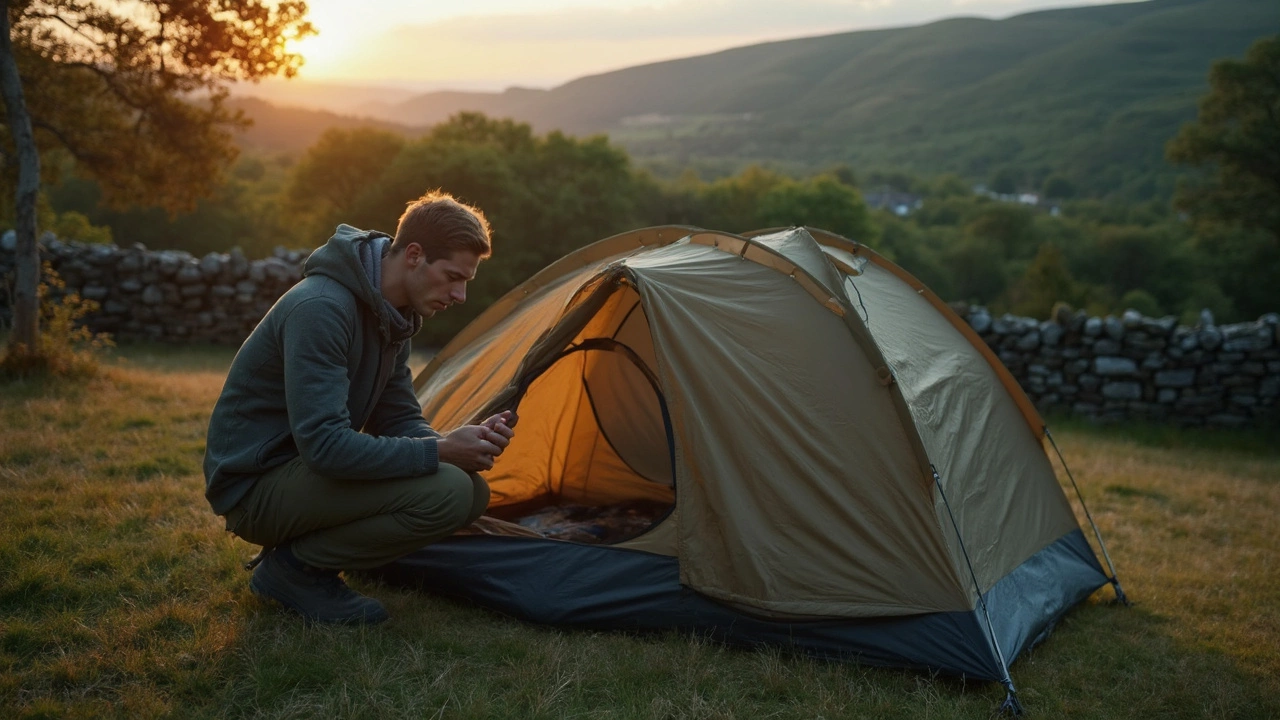Hidden Camping in Lancashire: Find the Secret Spots and Camp Like a Pro
Ever felt like the usual campsites are too crowded or too commercial? Lancashire hides a bunch of quiet spots where you can pitch a tent, hear only the wind, and still be close to stunning scenery. Below are practical steps to locate those hidden gems, what you need to bring, and how to camp responsibly.
How to Spot a Hidden Camping Location
Start by looking at old walking maps or local hiking forums. Many obscure fields, barns, or disused railway lines aren’t listed on big camping websites but show up on regional trail maps. Ask a local farmer or pub regular – they often know a meadow that’s free to use at dusk. Also, scan satellite images on free map tools: a patch of open grass near a stream is a good hint.
When you find a potential spot, walk around it first. Check for nearby water, solid ground, and any signs that the land is private. A simple “No camping” sign or fenced area means you should move on. If you see a field with a few old bike trails and no signs, chances are it’s okay for low‑impact camping.
Essential Gear for Low‑Key Camping
Because hidden sites lack facilities, pack light but smart. A compact, waterproof bivvy or a small tent with a sturdy footprint protects you from damp ground. Bring a portable stove, a small water filter or purification tablets, and a headlamp with extra batteries. Don’t forget a small shovel – it helps you dig a cathole for waste and leaves the site tidy.
Food-wise, go for meals that need minimal cooking: instant oats, dried fruit, and ready‑to‑eat canned beans. Store everything in airtight containers to keep wildlife away. A basic first‑aid kit and a multi‑tool round out the essentials.
Now that you’ve got the basics covered, here’s a quick checklist before you set out:
- Confirm the land is public or you have permission.
- Map the route and share it with a friend.
- Pack a lightweight shelter, stove, water filter, and waste bags.
- Bring a map, compass, and a fully charged phone for emergencies.
- Leave no trace – take everything you bring back.
Following these steps means you’ll enjoy a quiet night under the stars without risking a fine or damaging the environment.
Ready to try it? Pick a spot on the map, pack the checklist, and head out before sunset. You’ll soon discover why hidden camping in Lancashire feels like a secret club – calm, beautiful, and all yours.

Stealth Camping: What It Is and How It Changes the Way We Travel
Stealth camping is all about spending the night in unexpected places without drawing attention—usually for free and with a light environmental footprint. This article breaks down what stealth camping means, why people are drawn to it, and how it connects with sustainable travel. We’ll get real about what to expect if you want to try stealth camping yourself, including top tips and things nobody tells you before you go. Plus, how this low-impact approach is changing the way travelers think about eco-friendly adventuring.
Continue Reading